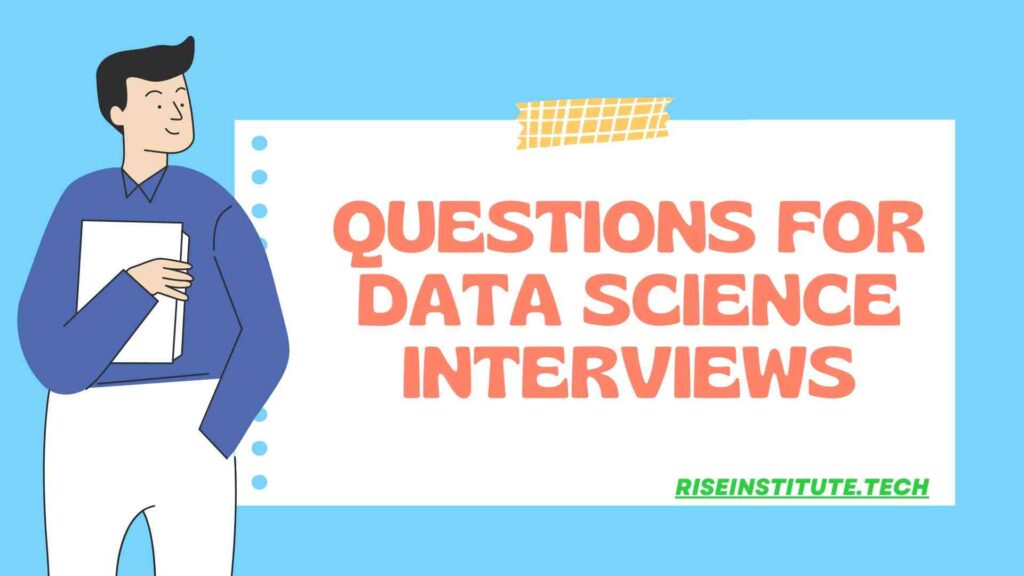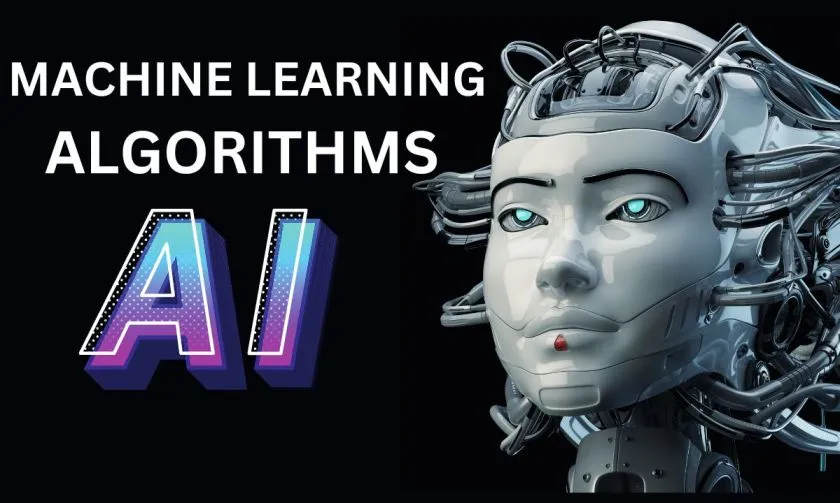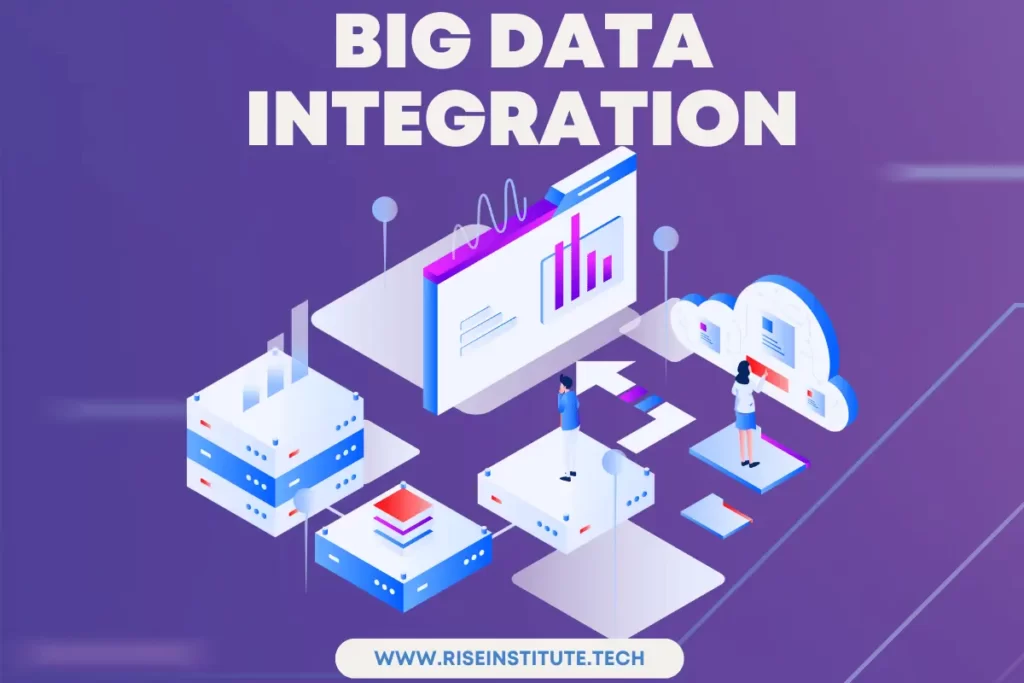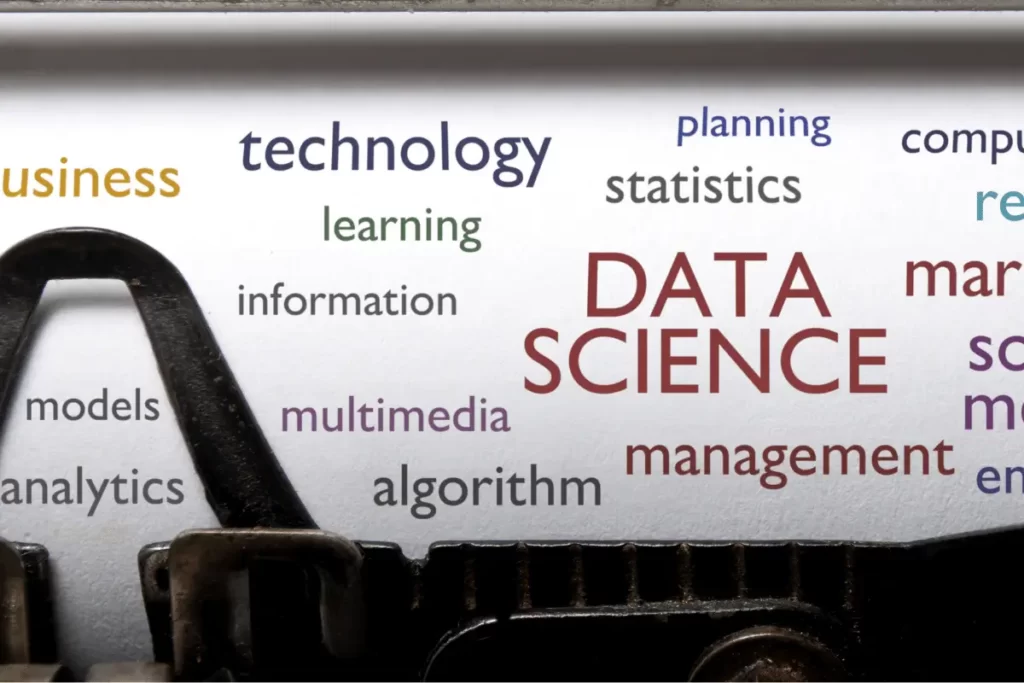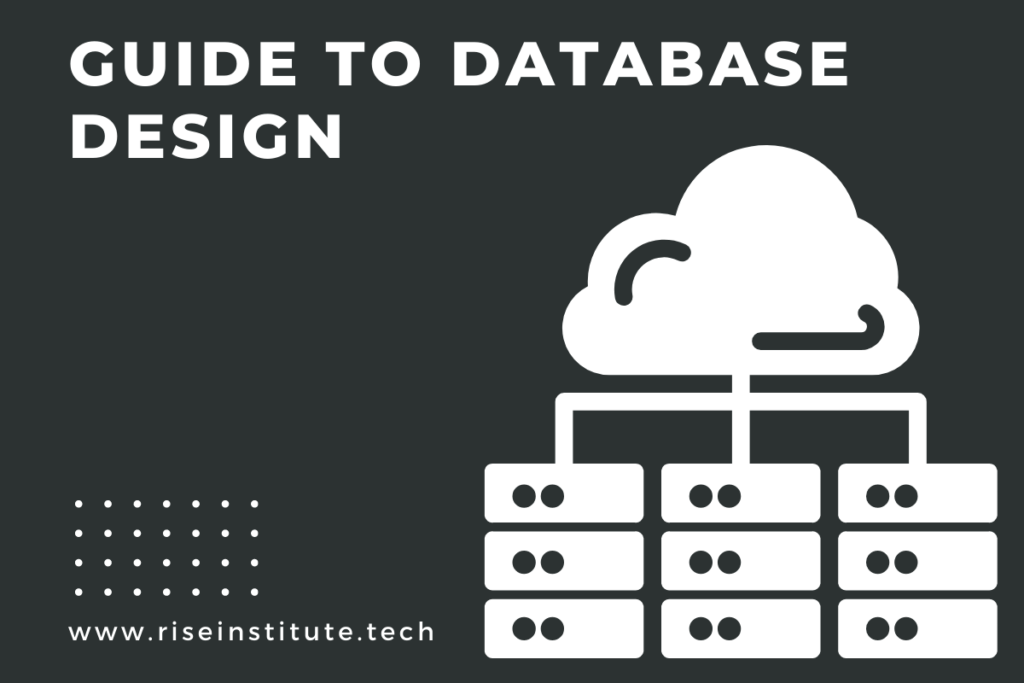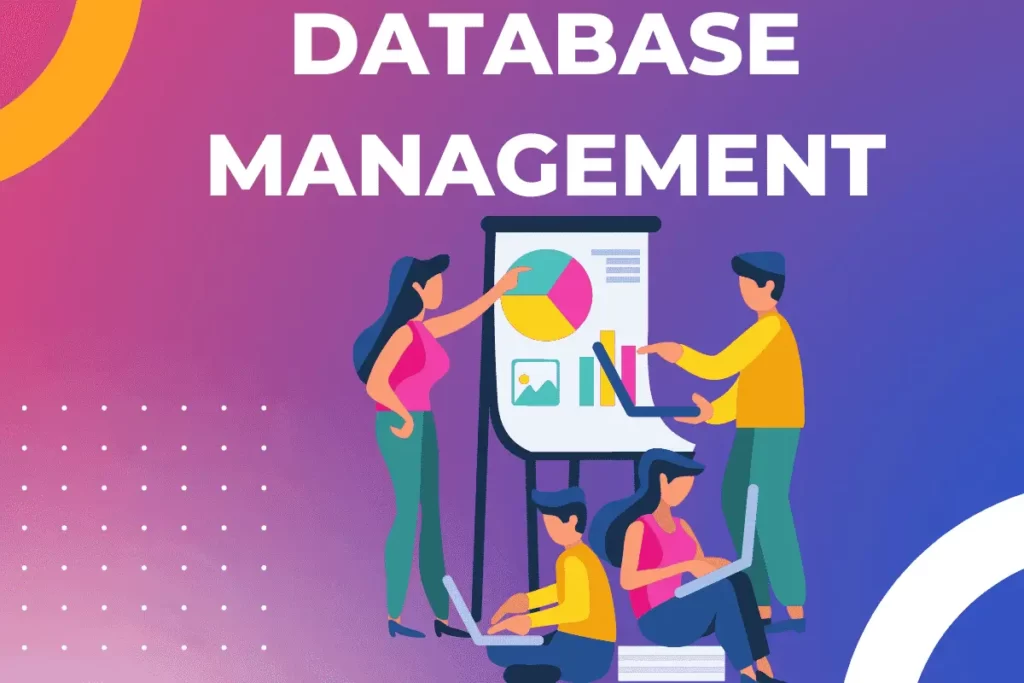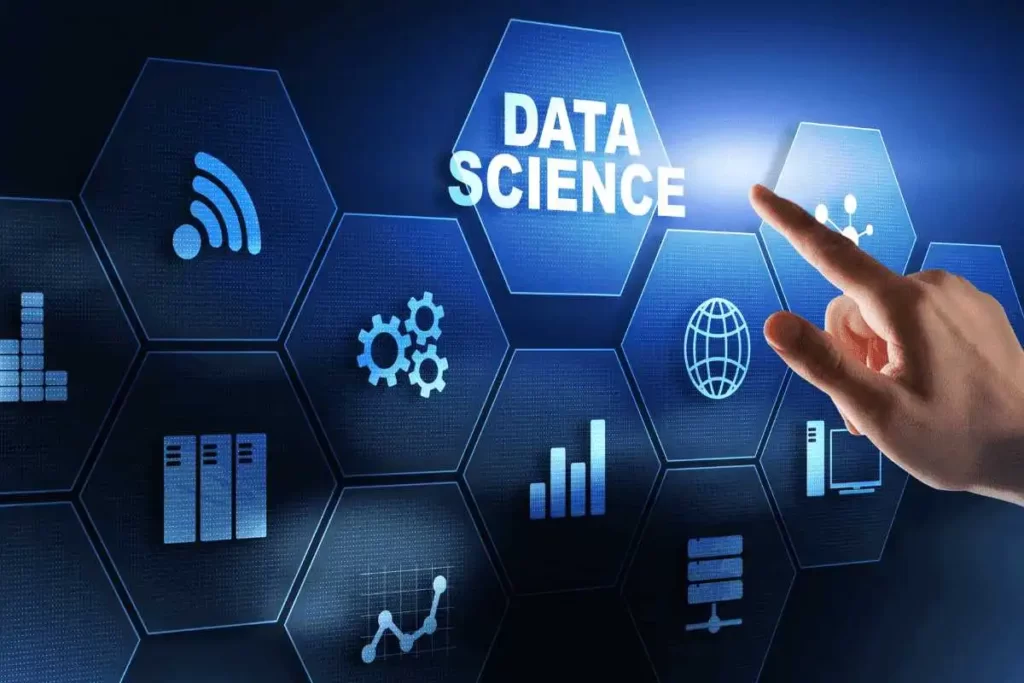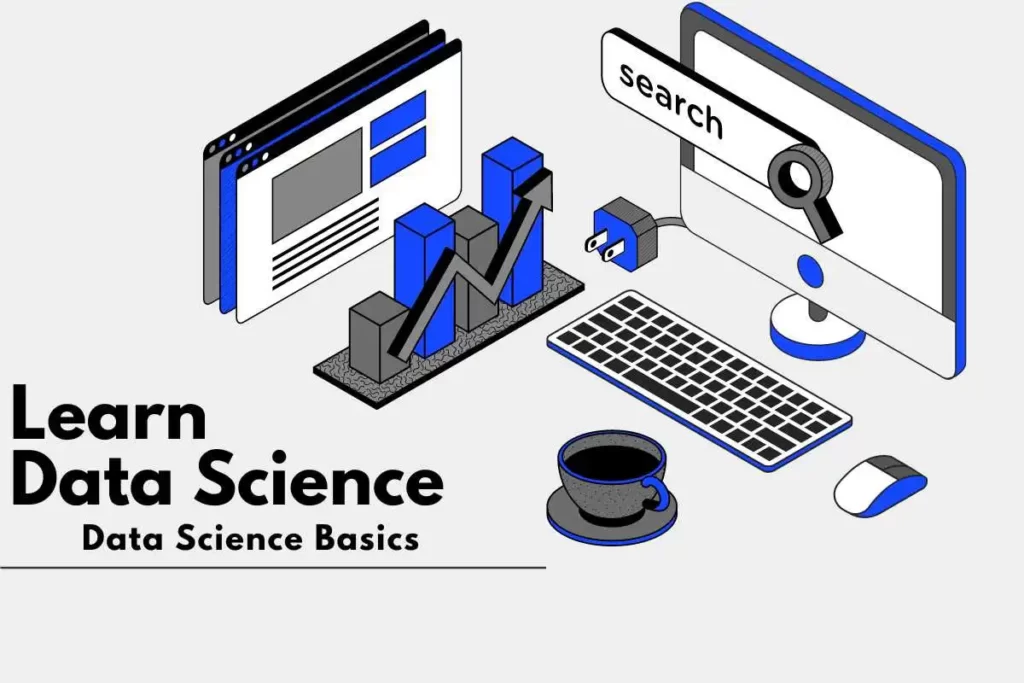What Exactly is Data Science? Explanation for a 10 Year Old
In today’s data-driven world, data science has emerged as a powerful tool that plays a pivotal role in various industries, from healthcare to finance and beyond. This blog provides an in-depth look at what data science is, how it works, its benefits, disadvantages, and its significance in our rapidly evolving digital landscape. What is Data Science? Data science is a multidisciplinary field that extracts knowledge and insights from structured and unstructured data using scientific methods, algorithms, processes, and systems. To fully understand and solve difficult problems, it combines features of statistics, computer science, domain expertise, and data analysis. Data Collection: Data collection is the process of gathering and acquiring information from numerous sources, which might include databases, spreadsheets, text documents, sensors, social media, and more. Data Cleaning and Preprocessing: The process of cleaning and preparing data to assure its quality and dependability. This may require dealing with missing values, removing outliers, and converting the data to a suitable format. Data Analysis: Data analysis is the process of extracting useful information, patterns, and insights from data using statistical and machine learning approaches. Data Visualisation: Data visualisation is the process of creating visual representations (charts, graphs, and plots) that can help stakeholders in understanding the data and its insights. Machine Learning: Building predictive models and algorithms that can make data-driven predictions or automate decision-making based on past data is what machine learning is all about. Data science is widely used in various industries, including finance, healthcare, e-commerce, marketing, and many others. It plays a important role in helping organizations make data-driven decisions, optimize processes, and gain a competitive edge in today’s data-driven world. Data scientists are professionals who work in the field of data science. They have skills in programming, statistics, data analysis, and domain expertise, and they are responsible for carrying out the various stages of the data science process to solve real-world problems. Data Science Explanation for 10 Year Old Imagine you have a big box of colorful LEGO bricks, and you want to build something amazing with them, like a cool spaceship. But there are so many different types of bricks, and you don’t know where to start. Data science is a bit like being a LEGO master who figures out the best way to build that awesome spaceship. In data science, instead of LEGO bricks, we have lots and lots of information and numbers, like how many people like ice cream in different cities or what kind of games kids like to play. Data scientists are like detectives who take all this information and use special tools to sort it, clean it, and figure out what it means. They use computer magic to find patterns and answers to questions, like “What’s the best ice cream flavor for a hot summer day?” or “What games are the most fun for kids?” So, data science helps people make important decisions, like choosing the right ice cream flavor or creating fun games for kids. Just like a LEGO master creates amazing things with LEGO bricks, data scientists create useful information and solutions from all the data they have, and that’s why data science is so cool! How Data Science Works? Data science operates through a structured process: Data Collection: Gathering data from various sources, such as sensors, databases, or the web. Data Cleaning and Preprocessing: Ensuring data quality by handling missing values and outliers. Exploratory Data Analysis (EDA): Investigating the dataset to understand patterns, trends, and relationships. Model Building: Using algorithms and statistical methods to create predictive models. Model Evaluation: Assessing the model’s accuracy and reliability. Deployment: Implementing the model for real-world use. Benefits of Data Science In-Demand Skill: Data science is in significant demand across many industries, including technology, finance, healthcare, marketing, and others. Organisations are actively looking for data scientists to assist them in making data-driven choices and gaining a competitive advantage. High-Paying Jobs: Due to their specialised talents and the need for their expertise, data scientists frequently fetch high wages. This can lead to lucrative job prospects. Problem-Solving: Data science prepares you to solve complicated problems and extract insights from data that can be applied to a variety of real-world circumstances. Versatility: Data science abilities such as data analysis, machine learning, and programming may be applied to a wide number of areas and issues, making you adaptable in your employment prospects. Data-Driven Decision-Making: You can make better decisions in your personal and professional life by using data-driven insights to inform your choices. Data Literacy: In an increasingly data-centric world, data science skills enhance your data literacy, enabling you to understand and interpret information better. Disadvantages of Data Science Data Privacy Concerns: The increased use of data raises privacy issues, necessitating careful handling of sensitive information. Complexity: Implementing data science requires expertise and can be complex for some organizations. Data Quality: Data quality is critical; inaccurate or incomplete data can lead to flawed conclusions. Bias and Fairness: Models may inherit biases from the data they are trained on, potentially leading to unfair outcomes. In an era marked by vast data resources, data science stands as a powerful instrument for extracting valuable insights. Its ability to drive informed decisions, predict future trends, and enhance personalization makes it an invaluable asset for businesses and organizations across diverse domains. However, data science comes with its share of challenges, including privacy concerns and the need for data quality. As this field continues to evolve, businesses and individuals will benefit from embracing the opportunities it presents while addressing its limitations. Stay tuned to our blog for more insights into the world of data science!
What Exactly is Data Science? Explanation for a 10 Year Old Read More »



